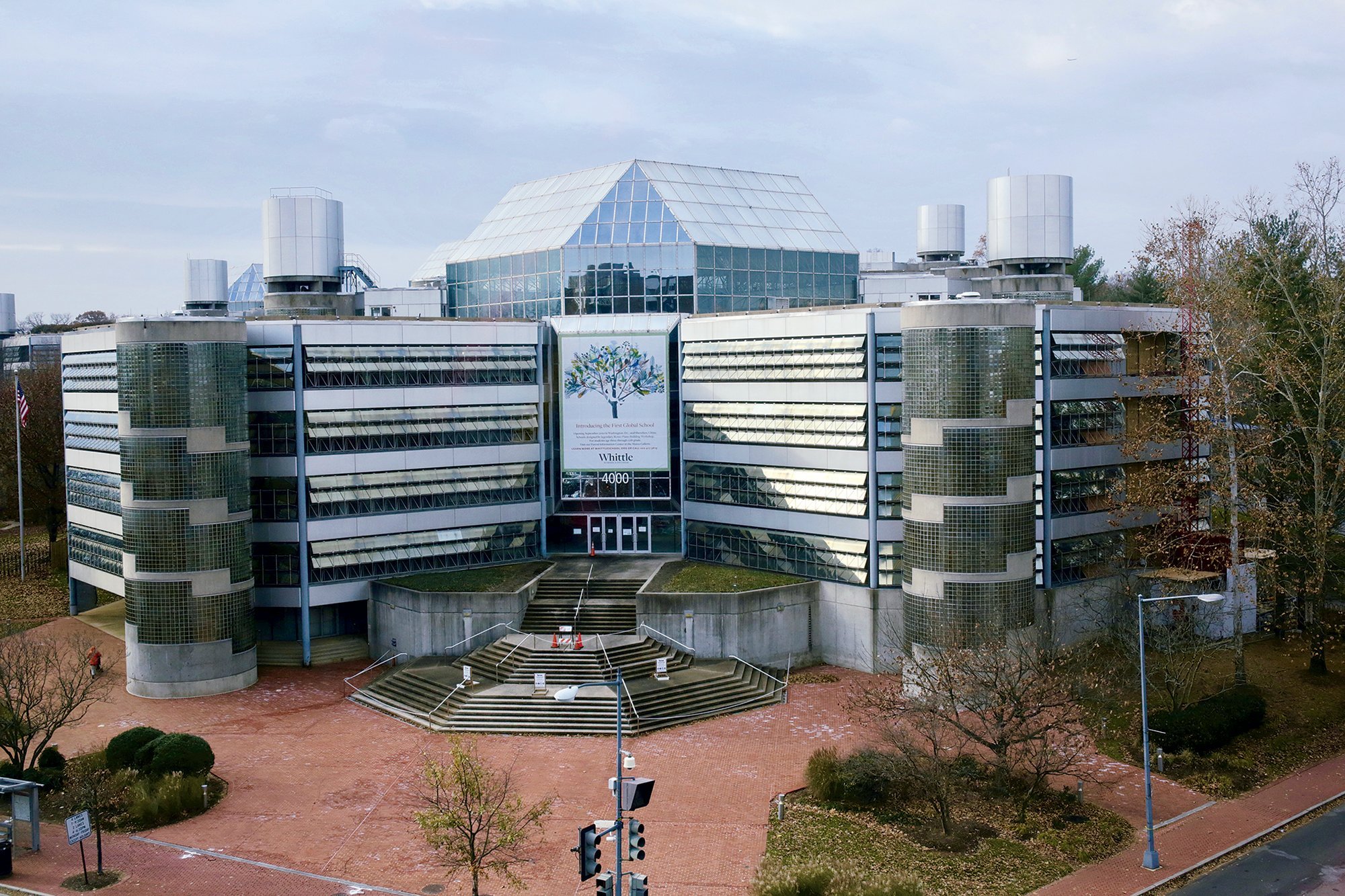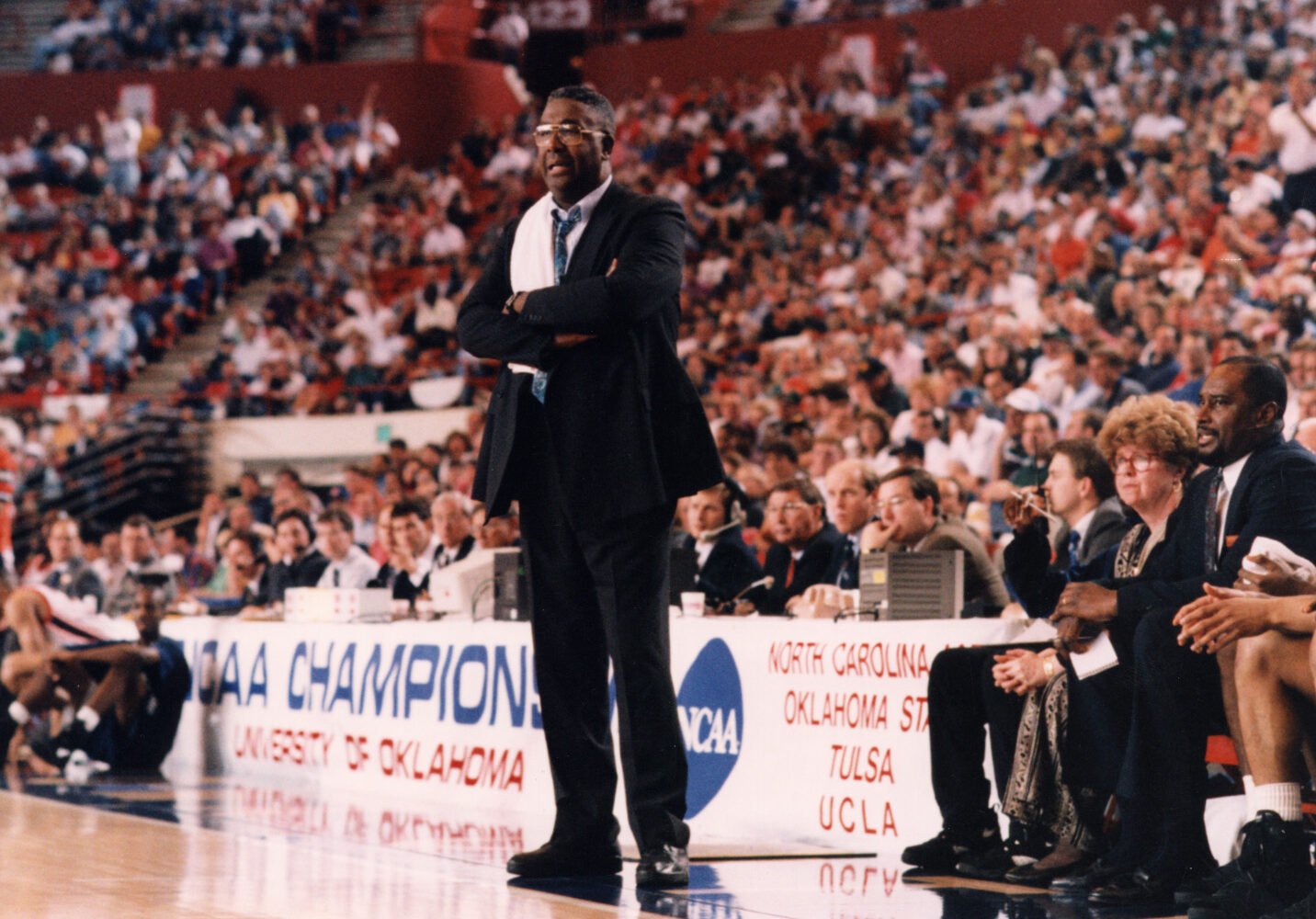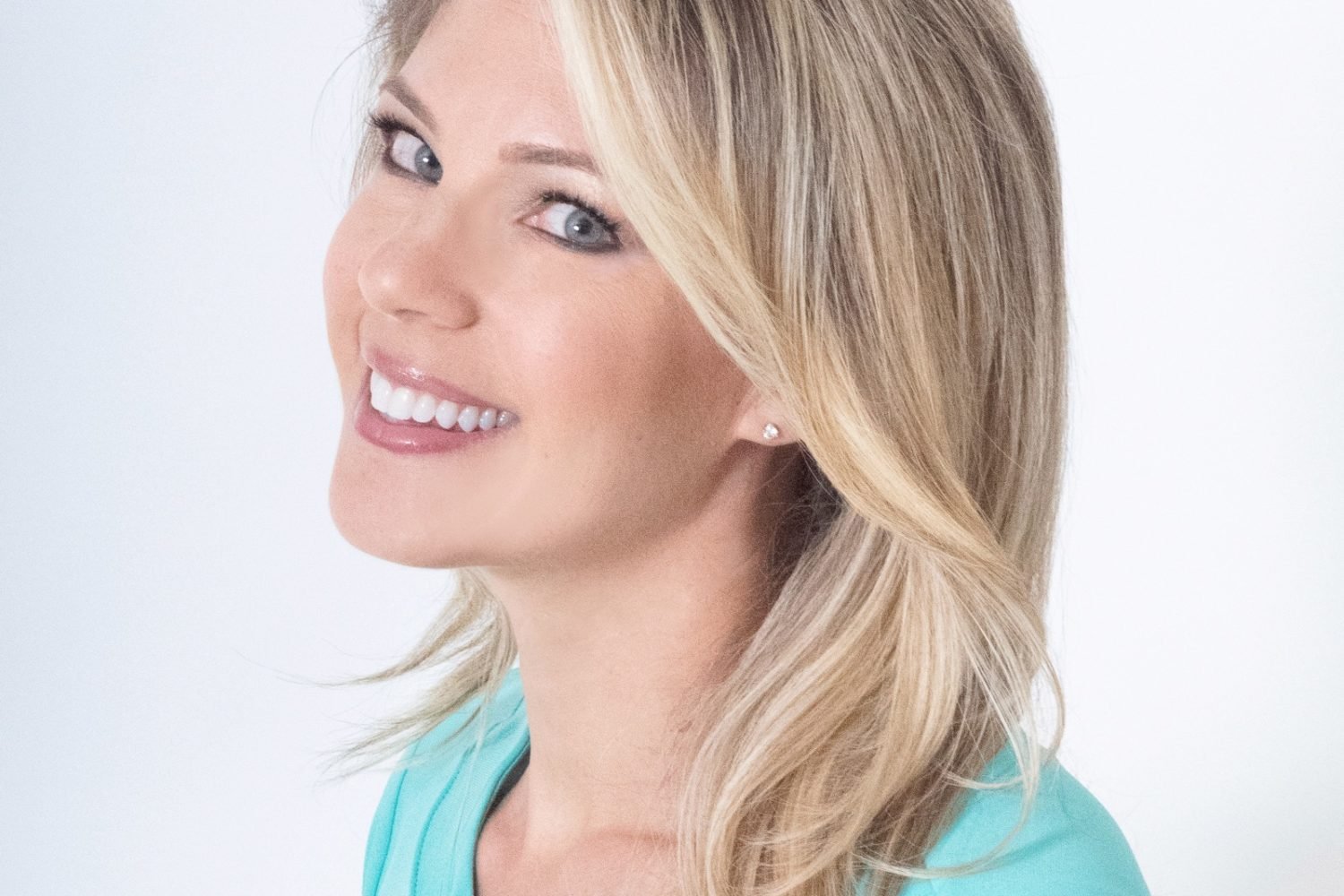An Expensive Experiment
One of DC’s most distinctive buildings will soon become one its most lavish schools. Formerly the home of Intelsat, the huge structure on Connecticut Avenue is being transformed by architect Renzo Piano—at a cost of $187 million—into a campus for the Whittle School, which is simultaneously launching here and in Shenzhen, China. Tuition will run more than $40,000 a year.
On a recent tour for prospective parents, founder Chris Whittle showed off the soaring interior. “A lot of people have seen it from the outside,” he told the group, “but have never seen inside.” Actually, there wasn’t much to see: Still under construction, the cavernous space was mostly empty. Perhaps that’s why Whittle has also been wooing students with glossy marketing materials and a luxe storefront promotional space in Mazza Gallerie. It’s sometimes hard to tell whether he’s selling an education or a Tesla.
Whittle’s concept is to create a single school with campuses around the world. “Many of the educators come from a global background, speak multiple languages, have worked in schools around the globe,” says Dennis Bisgaard, who’ll run the local branch. “The idea is to take the best practices and allow our students to be culturally competent to navigate the world.”
Well, that’s part of the idea, anyway. The other—far more controversial—factor: This is a for-profit operation. That means one of its missions is to make money for Whittle and his financial backers. “These are investors who want not only to provide a global education for students but to impact education worldwide,” Bisgaard insists.
Whittle, who rose to prominence running a media company, has launched similar projects in the past without ever fully realizing his ambitions. His pioneering 1990s charter-school business, Edison Schools, eventually fizzled, and in 2015 he parted ways with his high-profile New York school, Avenues.
Will parents pass over established private schools for this untested upstart? Whittle would be happy to show them around and make his case.
—Kaila Philo
Rethinking the Basics
What if the biggest problem with high school is that there’s too much of it? That’s the idea behind a new school that combines all of high school and two years of college into a single four-year program.
Located east of the Anacostia River—an exact location is in the works—and jointly run by Bard College and DC Public Schools, Bard High School Early College DC, as it’s somewhat clumsily known, will let students graduate with both a high-school diploma and an associate’s degree.
“A lot of students are under-challenged in high school and not adequately prepared for post-secondary education,” says Clara Haskell Botstein, Bard’s associate VP for Early Colleges. (Bard runs nine such schools around the country.) “We see this as a way to help students move out of poverty, if that’s their original circumstance, and achieve as much as they possibly can.”
Though the school is selective, admissions decisions are based not on standardized tests but on interviews and writing samples. The goal is to recruit students from across the city with diverse backgrounds. It will be operated by Bard and mostly funded by DCPS—which has some neighborhood leaders voicing skepticism.
“Our community is fatigued with getting promises that new, shiny initiatives are going to help our schools,” says Ward 8 State Board of Education representative Markus Batchelor. “Then we see enrollment continue to drop, we see investment in our traditional spaces drop.”
But Botstein points out that many Early Colleges students would otherwise have gone to private or charter schools. “We support investment in high-quality public schools of all types, including traditional public schools,” she says, “and we see a strong, diverse portfolio of educational options, including early-college high school, as a way to achieve that important goal.”
—Adia Robinson
This article appears in the January 2019 issue of Washingtonian.



















